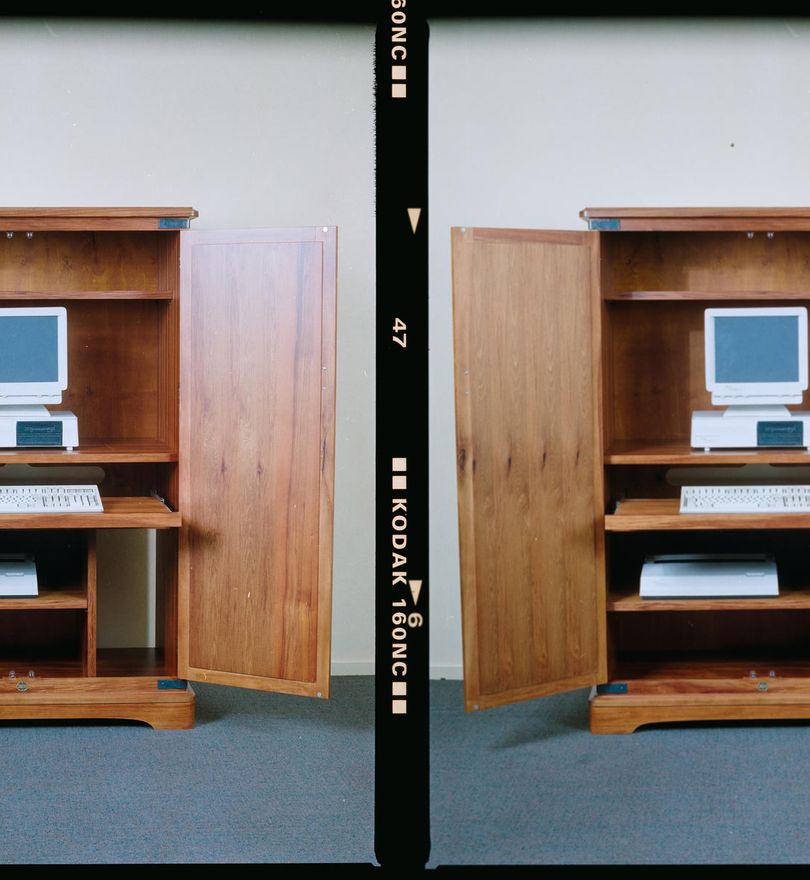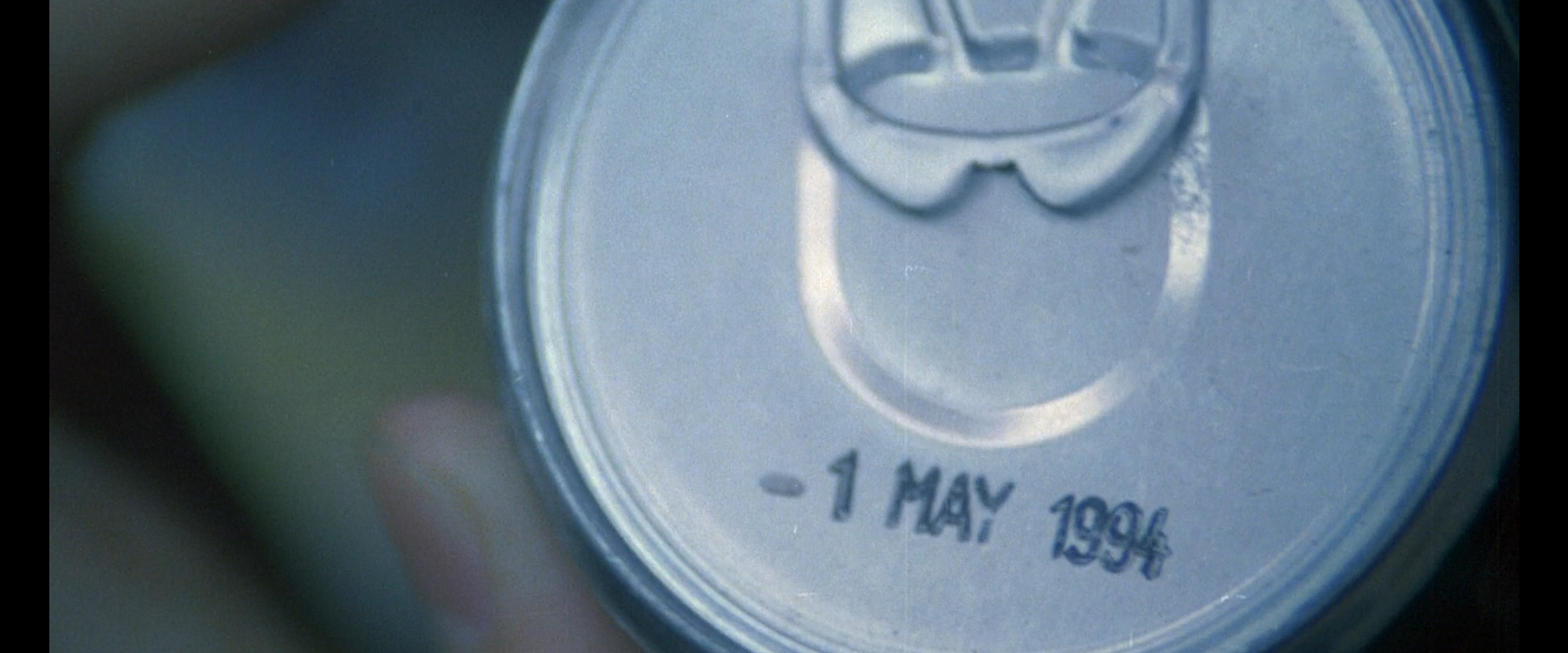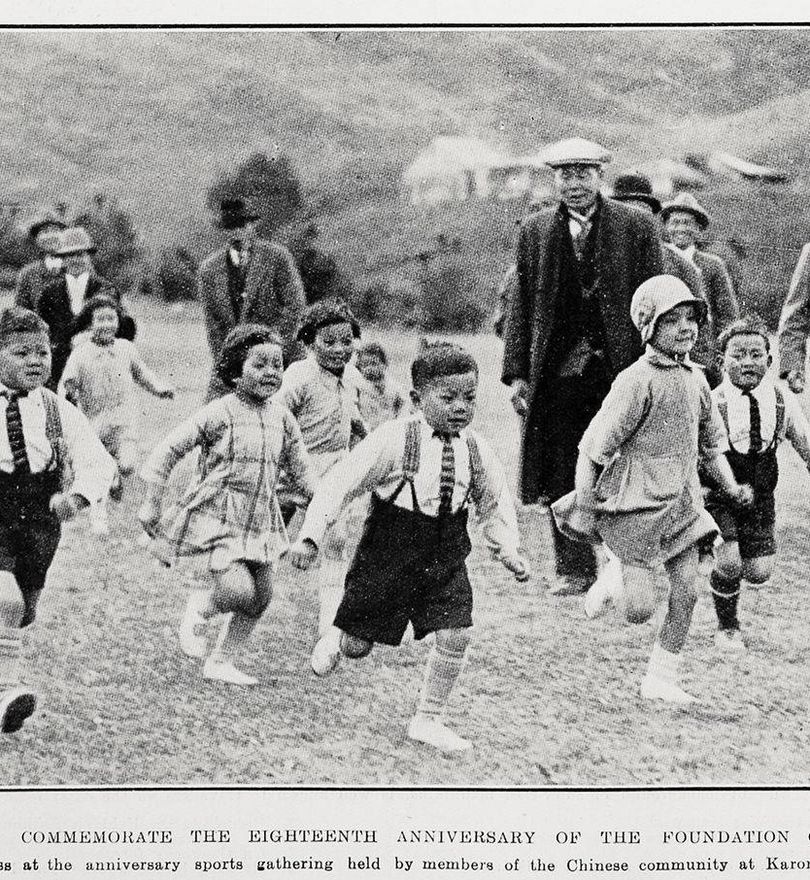
Haere mai e hoa mā. Last year we teased a new chapter for Satellites — and now it’s here.
In this 2024 season of Satellites, we’ll be publishing six issues of this online magazine, as well as growing our online archive of Aotearoa Asian art and bringing inspiring practitioners to Aotearoa through our visiting artists programme.
Our aim with the magazine is to connect the past, present and future of Aotearoa Asian art, threading together conversations across generations and art forms. In this first issue, we’re republishing Tze Ming Mok’s iconic essay 'Race you there’. The piece, which was the joint winner of the Landfall Prize in 2004, is the ur-viral essay of Asian New Zealand writing. Reading it catapults us back to 2004 — when the anti-Asian backlash of the 1990s was still warm, and Asian political solidarity was Bambi-legged and sometimes awkward. We’re thrilled that Tze Ming has written a new postscript for us, which measures ‘Race you there’ against the two decades since.
Asking herself why the essay caught like wildfire, Tze Ming suggests that conditions were perfect at the dawn of the online era. That same year Ruth De Souza and Andy Williamson created the Aotearoa Ethnic Network (AEN), an email listserv (and later, online journal). Within a year, AEN had over 400 members filling each other’s inboxes with discussion of political and cultural issues. At the time, ‘diversity’ and ‘multiculturalism’ were ascendant buzzwords (the Office of Ethnic Affairs had been established in 2001) and in this issue, Ruth paints a picture for us, of AEN as a grassroots response to that particular moment.
Tze Ming was among the AEN members pinging emails back and forth, and she and Ruth remain friends. Publishing their writing together in this issue makes a certain kind of sense; they have been in conversation for decades. Another inspiration for this issue was an anecdote shared by Danny Butt, an arts writer, lecturer, member of the art collective Local Time, and Ruth’s partner. In particular, Danny recalls hearing Teresia Teaiwa, the influential Pacific scholar, articulate the idea of identification over identity:
A “Pacific identity” was less important to her than a Pacific *identification* — it was an active process for her to wake up every day and decide to identify with the Pacific. And her way of doing that in Aotearoa was to learn the language and customs of her Maori cousins in the place where she lives.
The contributors to this first issue are all people who have chosen this active path — working to find their own ways to ground themselves, build their own shelters for their sense of belonging, and find meaning through connection. Included here is some early work by artist Emiko Sheehan, made at exactly the moment when she decided to cast off the expectations and disappointments of “identity” and instead follow her own path to somewhere unexpected and self-determined.
My own contribution to this issue is an essay that draws an arc through decades of Asian visual artists working in Aotearoa, looking at the ways they have worked with and against formulations of identity and identification. It’s an attempt to draft the beginnings of an art history for us, and it stretches back as far as 1905 to sketch out this history.
The final piece in this issue is by Mengzhu Fu and Qianye Lin, two artists and members of Asians Supporting Tino Rangatiratanga (ASTR). They offer a sharp set of questions for those of us engaged in the arts in Aotearoa to use to reflect on our work, as well as an account of how the collective has been shaped by the thinking of many along the way, including the late matua Moana Jackson. In her 2023 postscript, Tze Ming acknowledges the work of ASTR over the last ten years, drawing decades of conversation closer together, as this magazine hopes to do.
I also want to thank Kerry Ann Lee for allowing us to use a work from her 2008 thesis project as the cover art for this issue. Kerry Ann is, of course, well known as an artist, designer, teacher and zine maker, and she has also been instrumental in bringing Aotearoa Asian artists and the wider community together over the last decade. Ngā mihi maioha, Kerry Ann.
We began working on this phase of Satellites during a thirteen-moon year. We carry the charge of that extra moon — its special brightness — forward with us as we share this project with you.
⁂
About this issue's cover art
'The "Blue Willow Pattern" is a British design from the eighteeth century and is found on a variety of domestic crockery in many New Zealand homes. The origins of the pattern are unclear but is believed to be a western adaptation of a Chinese legend about a maiden and her lover who flee from her father (the figures crossing the bridge), settle on a remote island and transform into birds upon their death. The verse is from The Story of the Willow Pattern Plate (The Richards Press, 1963) while the willow motifs are based on embroidery transfers from a 1950s National Home Weekly (No. W318) and painted over an original lithographic print of a painting of Jackson Peaks, Lake Manapouri (1919) by colonial artist Charles Blomfield.'
— Kerry Ann Lee, from her thesis, Home Made: picturing Chinese settlement in New Zealand, 2008


